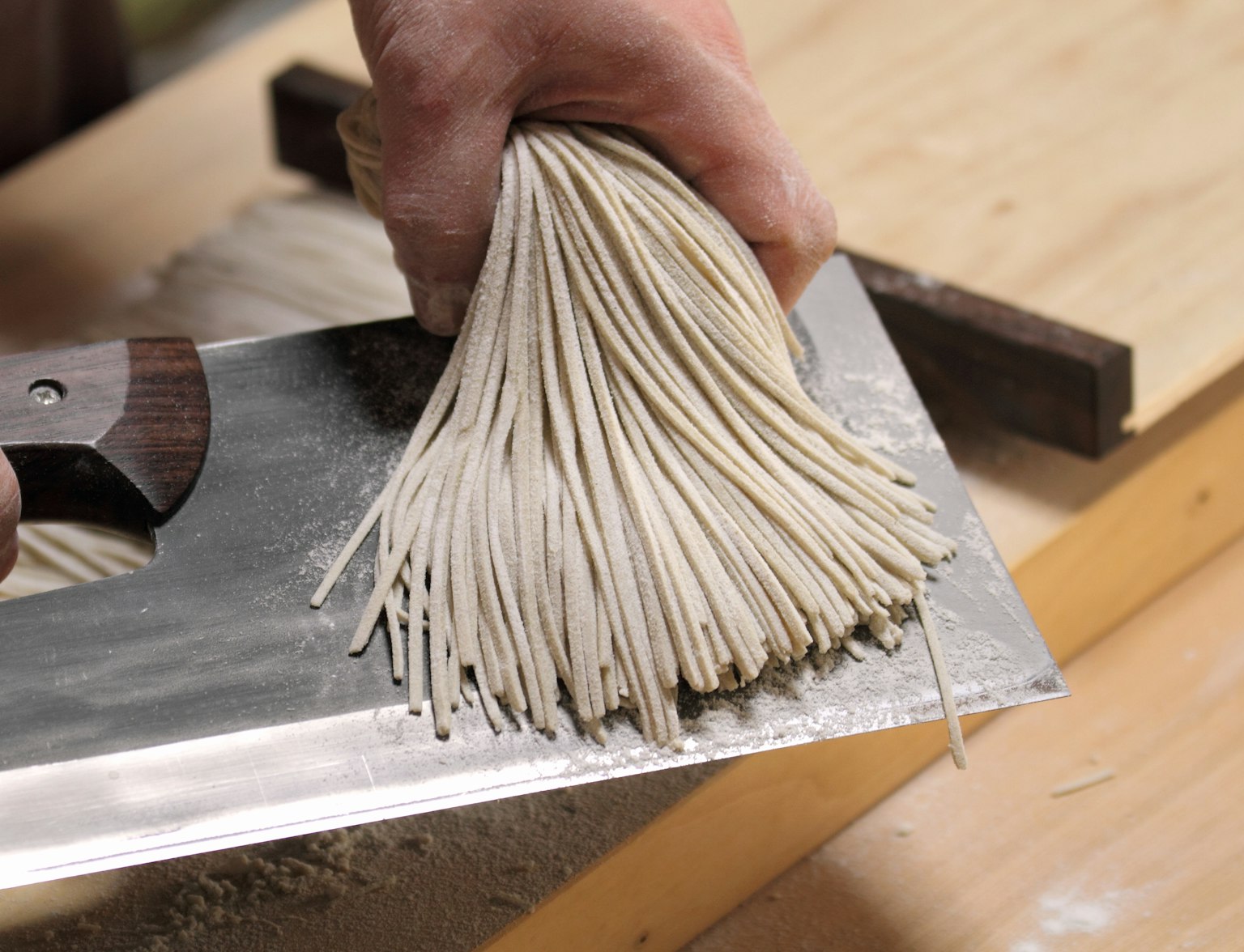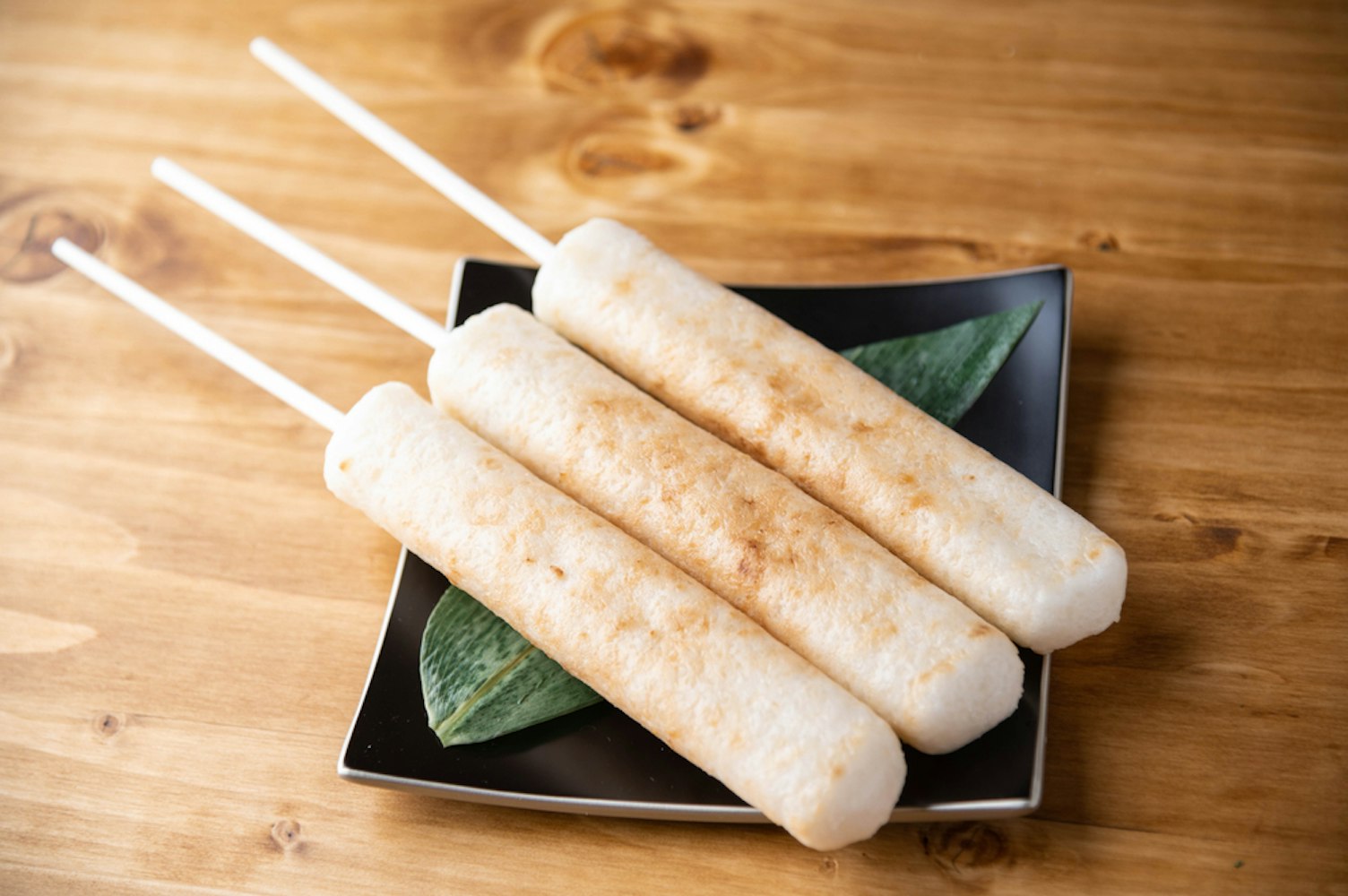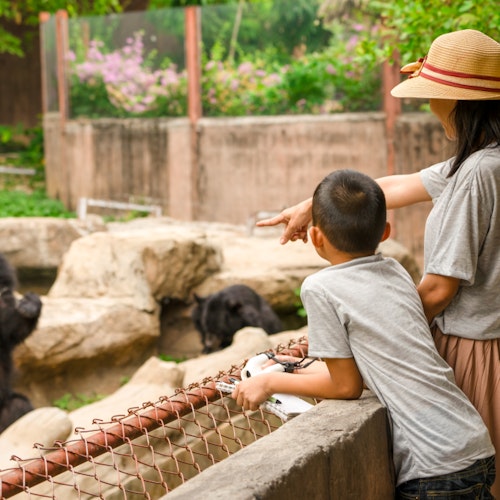

Japanese cuisine is loved worldwide for its variety, seasonal ingredients, and attention to presentation. Across Japan, every region offers something special, reflecting local tastes, produce, and cultural influences. From the seafood-rich dishes of Hokkaido to the refined, multi-course meals in Kyoto, each area presents a culinary experience unique to its history and geography.
Let’s explore the diverse food culture of Japan, region by region, to uncover the signature dishes and flavors that define this remarkable country.

Hokkaido, Japan’s northernmost island, is celebrated for its fresh seafood and dairy products. Surrounded by cold waters, it’s the perfect environment for a wide range of marine life. The region is also known for its fertile land, which supports farming and dairy production.
Kaisen-don (Seafood Bowl): A staple of Hokkaido’s culinary scene, kaisen-don is a bowl of rice topped with fresh sashimi. Common toppings include salmon, uni (sea urchin), and ikura (salmon roe). The freshness of the seafood makes this dish a must-try for visitors.
Miso Ramen: Hokkaido’s miso ramen features a rich, hearty broth and thick noodles, often topped with sweet corn, butter, and slices of pork. Sapporo is the birthplace of this iconic dish.
Jingisukan (Genghis Khan): A grilled lamb dish named after the Mongolian ruler, it’s a favorite in Hokkaido. Thin slices of lamb are cooked on a dome-shaped grill and enjoyed with vegetables and dipping sauce.
Soft Cream (Soft Serve Ice Cream): The dairy farms of Hokkaido produce some of the best milk and cream in Japan, leading to incredibly creamy and flavorful soft serve.

Explore the traditional art of soba noodle making in Sapporo.
The Tohoku region, located in the northeastern part of Honshu, is known for its harsh winters. This has influenced its cuisine, which often features hearty and warming dishes made with preserved foods and mountain vegetables.

Kiritanpo: A specialty of Akita Prefecture, kiritanpo is mashed rice formed into cylinders and roasted over an open flame. It’s often served in hot pot dishes or dipped in miso.
Gyutan (Beef Tongue): Sendai, in Miyagi Prefecture, is famous for its grilled beef tongue. It’s served with barley rice, oxtail soup, and pickled vegetables, offering a unique texture and flavor.
Ishikari Nabe: A hot pot dish with salmon, tofu, and vegetables simmered in a miso-based broth. This warming dish is popular in snowy regions of Tohoku.

Explore the wonders of Tohoku with the JR EAST PASS.
As the political and cultural center of Japan, the Kanto region, which includes Tokyo, showcases a mix of traditional and modern cuisine. Its bustling cities are home to everything from casual street food to fine dining establishments.

Sushi: Tokyo, historically known as Edo, is the birthplace of nigiri sushi. Fresh fish and seafood from nearby markets like Tsukiji and Toyosu are crafted into bite-sized pieces of art.
Monjayaki: A Tokyo specialty, monjayaki is similar to okonomiyaki but has a runnier batter. It’s cooked on a hot grill and eaten directly from the pan with a small spatula.
Ramen Varieties: Tokyo ramen features a soy sauce-based broth and medium-thin noodles. Toppings often include chashu pork, nori, and scallions.

Dive into Japanese culture with a hands-on sushi-making class.
The Chubu region, home to the Japanese Alps, combines mountainous terrain with coastal areas, offering a wide variety of ingredients and dishes.
Hōtō: A miso-based noodle soup from Yamanashi Prefecture. The thick, flat noodles and hearty vegetables make it a satisfying meal, especially during the colder months.
Miso Katsu: A Nagoya favorite, this dish features breaded and fried pork cutlets smothered in a rich, savory miso sauce.
Sakana no Himono (Dried Fish): Along the coastal areas of Chubu, fish are often salted and dried to enhance their flavor. These are grilled and served with rice and pickles.

Discover Nagoya's best foods in a 3-hour guided tour.
The Kansai region is famous for its rich food culture, encompassing Kyoto’s refined cuisine, Osaka’s street food, and Kobe’s world-renowned beef.

Kaiseki: Kyoto’s kaiseki is a traditional multi-course meal that showcases seasonal ingredients. Each dish is carefully prepared and presented, reflecting the aesthetics of Japanese culture.
Takoyaki: Originating from Osaka, takoyaki are bite-sized balls of batter filled with octopus pieces, cooked on a griddle, and topped with savory sauce, mayonnaise, and bonito flakes.
Okonomiyaki: Often called Japanese savory pancakes, okonomiyaki is a versatile dish made with flour, eggs, cabbage, and a variety of toppings. Hiroshima has its own version, which layers the ingredients instead of mixing them.
Kobe Beef: This premium beef is prized for its marbling and flavor. It’s often enjoyed as steak, sukiyaki, or shabu-shabu.

Experience the best of Osaka's culinary scene on a 3-hour walking tour.
The Chugoku region, located in western Honshu, benefits from its coastal location. It’s especially known for its seafood, with oysters being a highlight.
Oysters: Hiroshima is famous for its large, juicy oysters, which are grilled, fried, or served raw. Oyster hot pot (kaki no dotenabe) is a popular local dish.
Anago Meshi: A dish of grilled conger eel served over rice, anago meshi is a specialty of Miyajima Island.
Tsukemen: This dipping noodle dish is popular in Okayama, featuring cold noodles served with a rich, flavorful broth for dipping.

Discover Hiroshima's culinary delights on a 3-hour guided tour.
Shikoku is the smallest of Japan’s main islands and is known for its udon noodles and yuzu citrus fruit.

Sanuki Udon: Kagawa Prefecture is famous for its chewy udon noodles, served in simple broths or topped with tempura.
Iya Soba: The Iya Valley produces buckwheat soba noodles that are darker and chewier than those found elsewhere in Japan.
Yuzu-based Dishes: Yuzu, a fragrant citrus fruit, is widely used in marinades, sauces, and drinks across Shikoku.

Discover Japan without limits with our all-access JR Pass!
Kyushu, in southern Japan, is known for its rich, bold flavors and a variety of ramen styles.
Tonkotsu Ramen: Fukuoka’s tonkotsu ramen is characterized by its creamy pork bone broth and thin noodles. It’s one of the most popular ramen styles in Japan.
Mentaiko: Spicy cod roe is a specialty of Hakata and is often eaten with rice or used as a topping for pasta.
Kagoshima Black Pork: This tender and flavorful pork is served as tonkatsu (breaded cutlets) or shabu-shabu (hot pot).

Discover the hidden gems of Western Japan with our Half-Day Customized Tour in Fukuoka.
Okinawa, Japan’s southernmost prefecture, has a unique food culture influenced by Chinese, Southeast Asian, and American flavors.

Goya Champuru: A stir-fry dish featuring bitter melon, tofu, eggs, and pork. It’s a staple of Okinawan home cooking.
Soki Soba: Okinawan soba noodles are served in a broth made from pork or bonito, topped with tender pork ribs.
Purple Sweet Potato Desserts: Okinawa’s purple sweet potatoes are used in various desserts, including cakes and ice cream.

Experience Naha’s vibrant nightlife on a bar-hopping tour through local izakayas.
Seasonality Matters: Japanese cuisine is deeply connected to the seasons. Cherry blossoms in spring bring sakura-flavored treats, while autumn offers chestnut and sweet potato dishes.
Local Markets: Visiting local markets, such as Sapporo’s Nijo Market or Kyoto’s Nishiki Market, allows you to sample fresh produce, snacks, and street food.
Dining Etiquette: Using chopsticks properly, saying “itadakimasu” before eating, and respecting the chef’s craft are essential parts of enjoying Japanese food.
Omiyage (Food Souvenirs): Regional snacks and treats make excellent gifts. For example, Tokyo banana from Tokyo or yatsuhashi from Kyoto are popular choices.
To fully appreciate the diversity of Japanese cuisine, consider traveling to different regions or trying specialty restaurants that focus on regional dishes. Many department store food halls offer a selection of regional foods, making it easier to explore flavors from across the country without leaving Tokyo.
From Hokkaido’s fresh seafood to Okinawa’s tropical flavors, Japan’s regional dishes offer a culinary journey that reflects the country’s history, geography, and culture.



